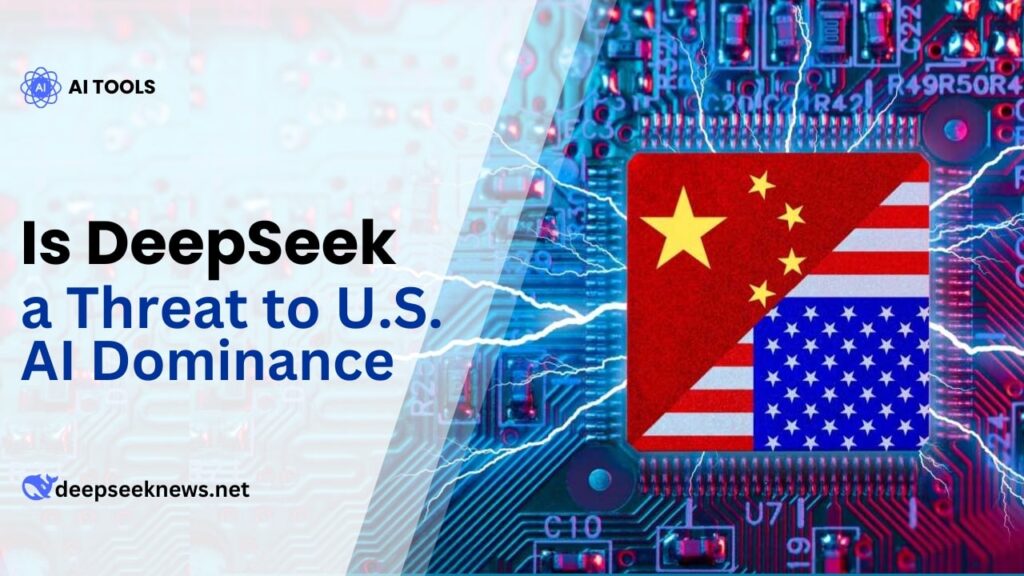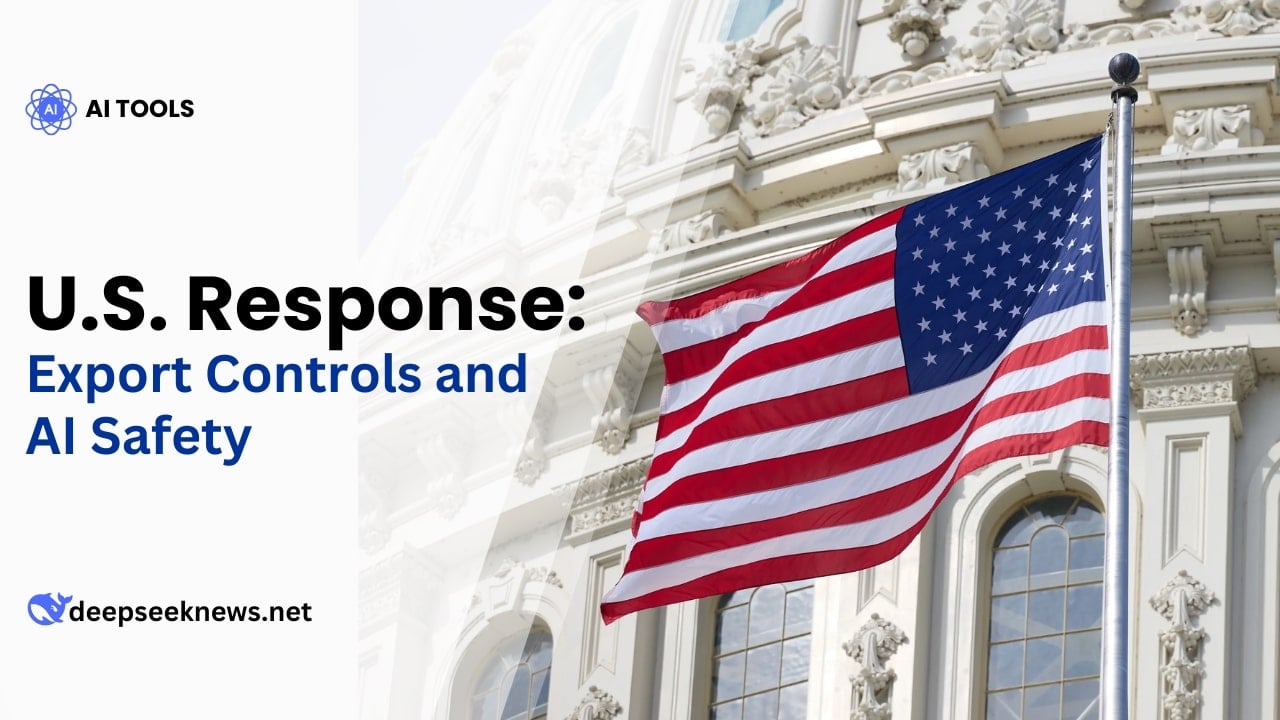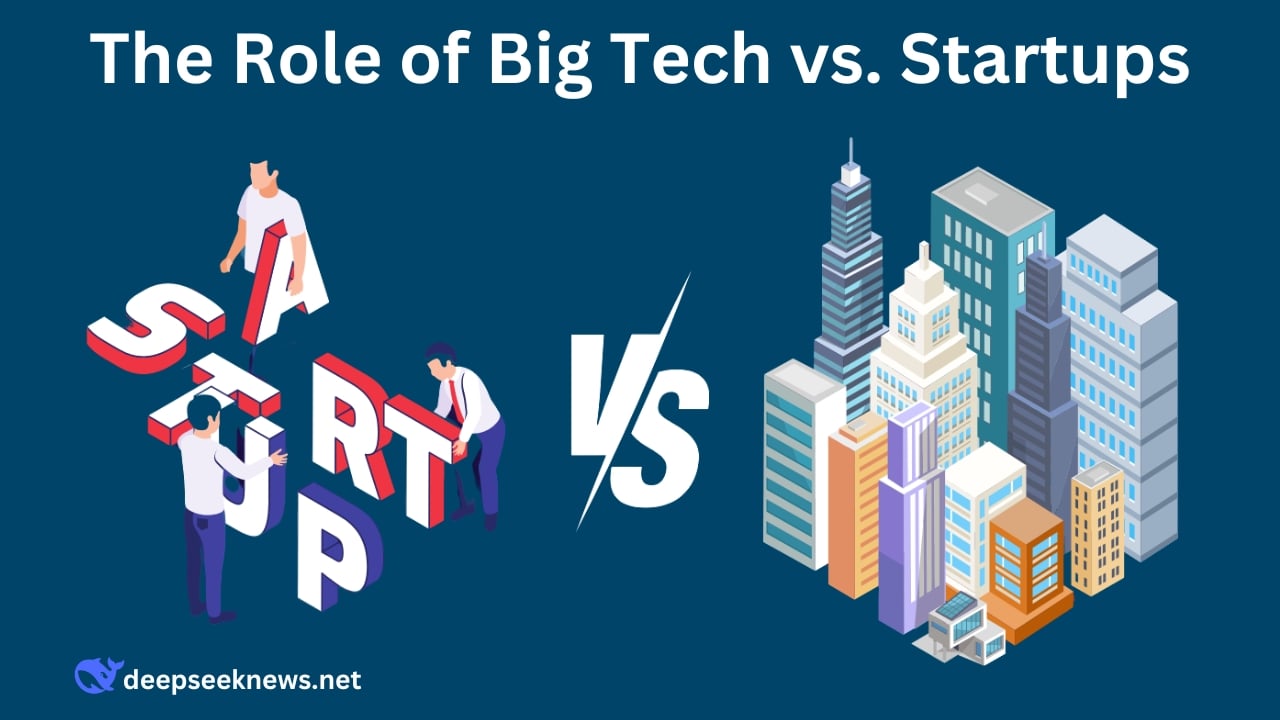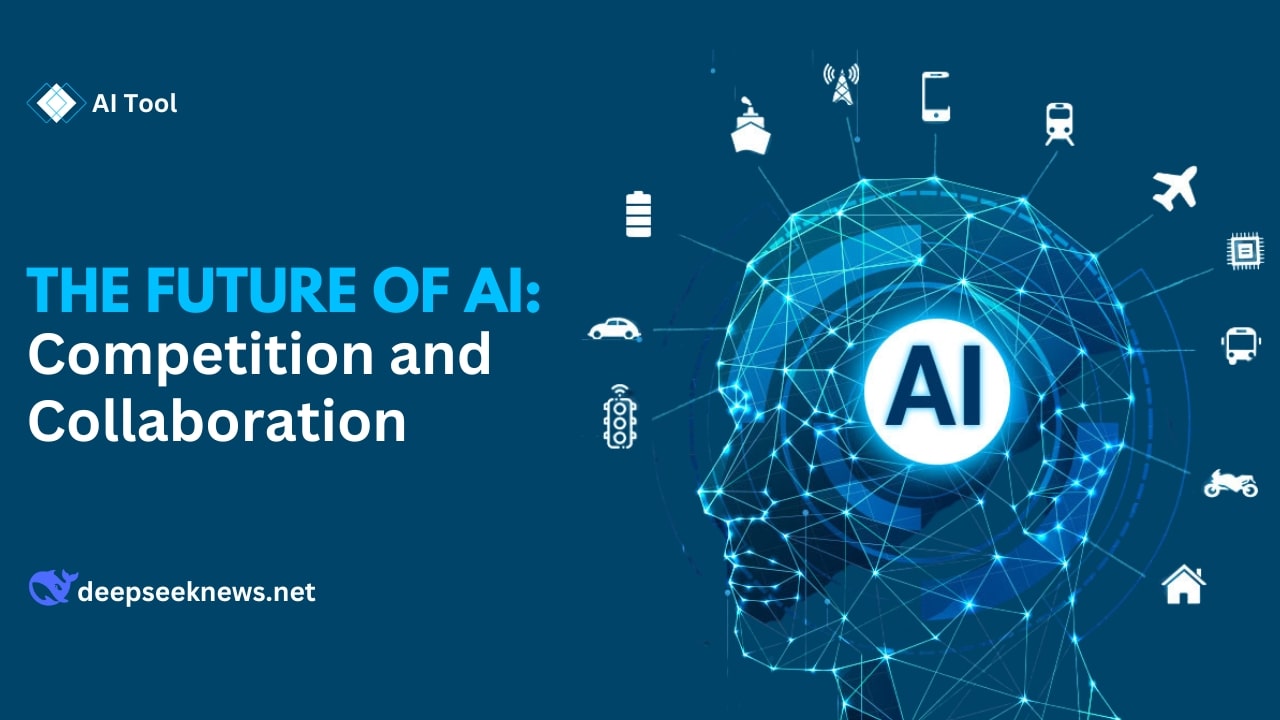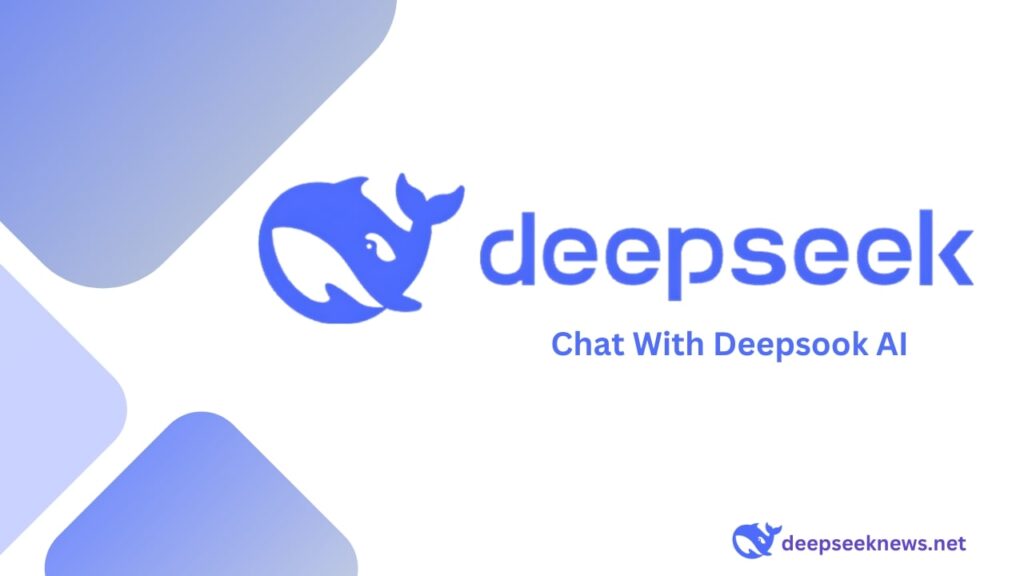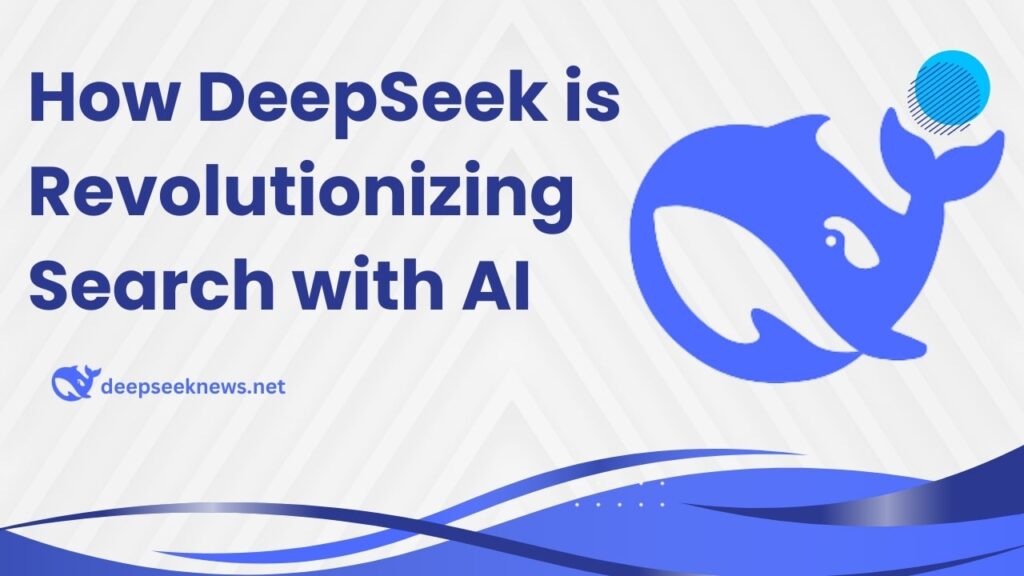The rise of DeepSeek, a Chinese AI company, has sparked intense debate in the U.S. tech and policy circles. Known for its cost-efficient AI models, This advanced AI platform is challenging the dominance of American tech giants. But how serious is this threat, and how is the U.S. responding? Let’s break it down.
DeepSeek’s Rise: A Shock to the System
DeepSeek’s R1 model, launched in January 2025, surprised many with its high performance and low cost. Trained with significantly less computing power and money, it competes with top U.S. AI systems.
Key points about DeepSeek:
- Cost Efficiency: These AI models are much cheaper than U.S. counterparts.
- Algorithmic Progress: Their systems, like DeepSeek-V3, show advanced efficiency.
- Global Impact: This AI breakthrough has forced the U.S. to rethink its AI strategy. As DeepSeek Shakes Up the AI Industry: A New Era of Competition, its rise is shifting the balance in global AI development.
U.S. Response: Export Controls and AI Safety
The U.S. has imposed export controls on advanced chips to limit China’s access to cutting-edge AI technology. These controls aim to maintain America’s edge in AI development.
However, DeepSeek’s progress suggests these measures may not be enough. The company has found ways to work around restrictions, using both legally purchased and smuggled chips. This has led to concerns about China’s AI influence, as highlighted in China’s DeepSeek: A Tool for Influence or a Hidden Threat.
The Debate Over Open-Weight AI Systems
DeepSeek’s use of open-weight systems—where the core AI model is publicly available—has raised concerns. While these systems foster innovation, they also pose risks, such as removing safety safeguards.
The U.S. is grappling with how to regulate such systems without stifling innovation. As DeepSeek pushes forward, it also fuels DeepSeek Inspires the Democratization of AI, with some experts believing that open models could decentralize AI power.
The Role of Big Tech vs. Startups
Some argue that this advanced AI platform’s success proves smaller models can be highly effective, decentralized approaches can compete with big tech. This challenges the U.S. model, dominated by companies like OpenAI, Google, and Anthropic.
However, others believe that frontier AI development will always require significant resources, favoring large companies. Meanwhile, Nvidia Stays Confident Amid DeepSeek’s Rise in AI Race, despite growing concerns about competition.
Nvidia’s Position in the AI Race
Nvidia, a key player in AI hardware, has seen its stock soar despite export controls. However, DeepSeek’s rise has raised questions about Nvidia’s long-term market dominance.
Nvidia’s CEO, Jensen Huang, argues that limiting chip exports to China could hurt the company’s growth. Yet, the U.S. government views these controls as essential for national security. More insights on Huang’s response can be found in Is Nvidia Facing a DeepSeek Threat? What’s Jensen Huang’s Future Plan.
The Biden Administration’s AI Strategy
The Biden administration has focused on balancing AI innovation with safety. Key initiatives include:
- Voluntary Safety Commitments: Requiring top AI labs to share safety test results.
- Competitiveness Measures: Encouraging a dynamic AI ecosystem with room for startups.
- Export Controls: Restricting advanced chip exports to China.
The Future of AI: Competition and Collaboration
DeepSeek’s success highlights the growing competition between the U.S. and China in AI. While the U.S. remains a leader, China’s advancements show that the race is far from over.
Key takeaways:
- Innovation vs. Regulation: Balancing innovation with safety is crucial.
- Global Collaboration: The U.S. must work with allies to maintain its edge.
- Adaptability: The AI landscape is evolving rapidly, requiring flexible strategies.
Conclusion: A New Era of AI Rivalry
DeepSeek’s rise is a wake-up call for the U.S. AI industry. While American companies still lead in many areas, China’s progress cannot be ignored. The U.S. must continue to innovate, collaborate, and adapt to stay ahead. The future of AI will be shaped by how well both nations navigate this complex and competitive landscape.
The race is on, and the stakes are high. Who will come out on top? Only time will tell.

